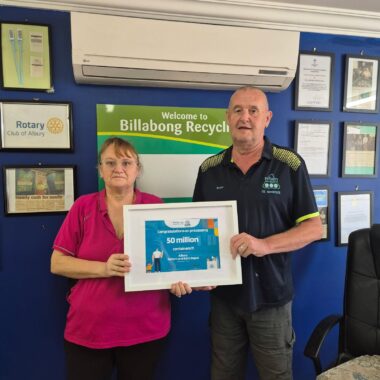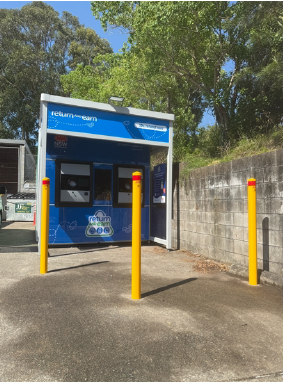New well completions tech shifts production economics with fewer requirements for costly well interventions
HOUSTON--BUSINESS WIRE--
Global energy technology company SLB (NYSE: SLB) today launched Electris™ — a portfolio of digitally enabled electric well completions technologies that boost production and recovery while reducing the total cost of ownership of an asset.
This press release features multimedia. View the full release here: https://www.businesswire.com/news/home/20250506243550/en/

Electris completions digitalize control of the entire productive area of the wellbore, providing real-time production intelligence across the reservoir.
Electris completions digitalize control of the entire productive area of the wellbore, providing real-time production intelligence across the reservoir. This enables operators to predict, adapt and act with confidence in response to dynamic production conditions — improving reservoir management over the life of the well and accessing reserves that conventional systems leave behind.
“Electris completions take reservoir management to the next level — making it possible for operators to get more out of their assets with fewer requirements for costly well interventions,” said Paul Sims, president, Production Systems. “With much of the ‘easy’ oil already produced, operators are encountering more and more complex reservoirs. Electris completions can help shift the production economics in these reservoirs — resulting in higher recovery factors that maximize return on investment from the asset.”
There have been more than 100 installations of Electris completions technologies across five countries. In Norway, Electris completions were deployed offshore to enhance oil production in an extended-reach well. The operator is using intelligence from the system to determine which zones are contributing to production to optimize oil output and minimize produced water. Controlling water production with Electris completions has decreased the energy needed to lift and then pump treated water back into the reservoir.
Today's announcement was made at the Offshore Technology Conference, which is taking place this week in Houston, Texas.
For more information about SLB's Electris electric completions technologies, visit www.slb.com/Electris.
About SLB
SLB (NYSE: SLB) is a global technology company that drives energy innovation for a balanced planet. With a global footprint in more than 100 countries and employees representing almost twice as many nationalities, we work each day on innovating oil and gas, delivering digital at scale, decarbonizing industries, and developing and scaling new energy systems that accelerate the energy transition. Find out more at slb.com.
Cautionary Statement Regarding Forward-Looking Statements:
This press release contains “forward-looking statements” within the meaning of the U.S. federal securities laws — that is, statements about the future, not about past events. Such statements often contain words such as “expect,” “may,” “can,” “estimate,” “intend,” “anticipate,” “will,” “potential,” “projected" and other similar words. Forward-looking statements address matters that are, to varying degrees, uncertain, such as forecasts or expectations regarding the deployment of, or anticipated benefits of, SLB’s new technologies and partnerships; statements about goals, plans and projections with respect to sustainability and environmental matters; forecasts or expectations regarding energy transition and global climate change; and improvements in operating procedures and technology. These statements are subject to risks and uncertainties, including, but not limited to, the inability to achieve net-negative carbon emissions goals; the inability to recognize intended benefits of SLB’s strategies, initiatives or partnerships; legislative and regulatory initiatives addressing environmental concerns, including initiatives addressing the impact of global climate change; the timing or receipt of regulatory approvals and permits; and other risks and uncertainties detailed in SLB’s most recent Forms 10-K, 10-Q and 8-K filed with or furnished to the U.S. Securities and Exchange Commission. If one or more of these or other risks or uncertainties materialize (or the consequences of such a development changes), or should underlying assumptions prove incorrect, actual outcomes may vary materially from those reflected in our forward-looking statements. The forward-looking statements speak only as of the date of this press release, and SLB disclaims any intention or obligation to update publicly or revise such statements, whether as a result of new information, future events or otherwise.
View source version on businesswire.com: https://www.businesswire.com/news/home/20250506243550/en/
Contact details:
Media
Josh Byerly – SVP of Communications
Moira Duff – Director of External Communications
SLB
Tel: +1 (713) 375-3407
[email protected]
Investors
James R. McDonald – SVP of Investor Relations & Industry Affairs
Joy V. Domingo – Director of Investor Relations
SLB
Tel: +1 (713) 375-3535
[email protected]


